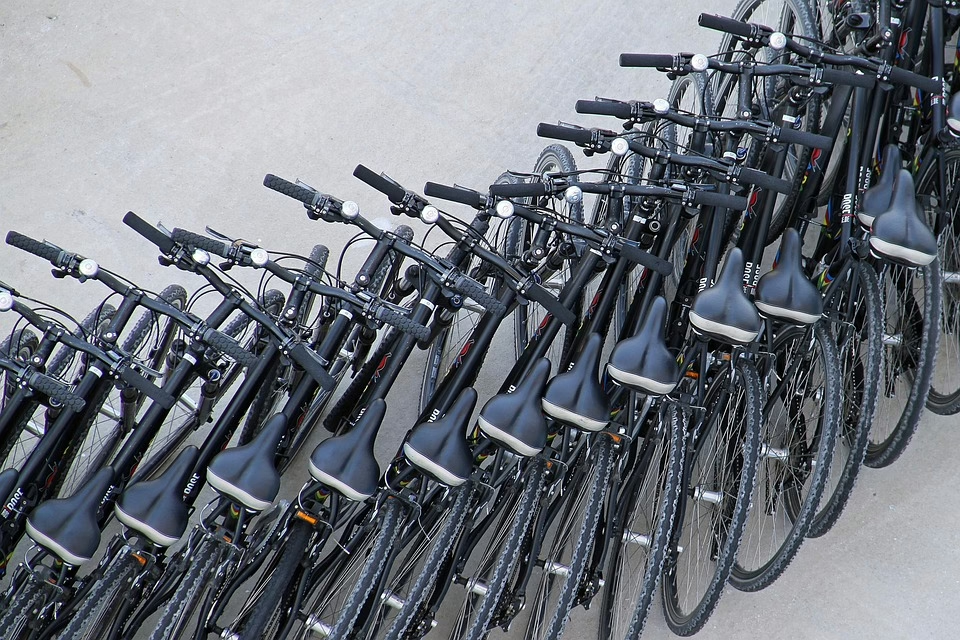Triathlon: A Sport for Everyone? Exploring Accessibility and Growth
Introduction
Triathlon, a multi-sport race consisting of swimming, cycling, and running, has gained immense popularity over the past few decades. As the sport has evolved, so have questions regarding accessibility and inclusion. This article delves into whether triathlon is indeed a sport for everyone, examining various aspects of accessibility, growth in participation among diverse demographics, and the challenges and opportunities that lie ahead.
The Origins of Triathlon
The triathlon’s roots can be traced back to the 1920s in France, with formal races becoming more common in the 1970s in the United States. The inaugural modern triathlon event was held in 1974 at Mission Bay in San Diego, California. Since then, triathlon have grown exponentially, both as a recreational activity and a competitive sport. Various organizations now host events worldwide, from local sprint triathlons to the prestigious Ironman series.
The Appeal of Triathlon
One of the primary reasons for the growing popularity of triathlon is its holistic approach to fitness. Participants engage in swimming, cycling, and running, making it an excellent way to develop overall physical fitness. Furthermore, the desire for variety in training patterns keeps athletes engaged. Additionally, many participants cite the supportive community surrounding triathlon as a significant motivator for involvement.
Accessibility in Triathlon
Physical Accessibility
One of the principal barriers to entry in triathlon is the perceived physical requirements. Unlike some sports that can be adapted for various abilities, traditional triathlon poses significant challenges for those with physical disabilities. However, organizations such as USA Triathlon have made strides in promoting inclusive events, encouraging athletes of all abilities to participate. The introduction of para-triathlon categories highlights this commitment.
-
Equipment Innovations: Adaptive bikes, racing wheelchairs, and buoyancy devices have made participation more feasible for athletes with disabilities. Advances in technology have led to equipment that accommodates diverse needs, allowing for a more inclusive environment.
-
Para-Triathlon: The inclusion of para-triathlon in major events like the Paralympic Games has further legitimized the sport as an accessible pathway for athletes with disabilities. Events are specifically designed to accommodate competitors, ensuring a competitive but fair environment.
Gender and Socioeconomic Barriers
While the sport is generally perceived as inclusive, there are underlying gender and socioeconomic barriers that affect accessibility.
-
Gender Disparities: Although female participation in triathlon has steadily increased, gender disparities still exist. Studies reveal that women often lack access to training resources, coaching, and sponsorship, making it crucial to develop initiatives that focus on empowering female athletes.
-
Cost of Participation: Triathlons often come with high entry fees, equipment costs, and travel expenses. The financial barrier can deter a significant segment of the population from participating. Organizations and race directors are recognizing this and starting to offer scholarships, financial assistance, and tiered pricing models to make the sport more accessible.
Community and Support Networks
Creating a supportive community is essential for enhancing accessibility in triathlon. Local clubs and coaching programs can provide mentorship, training resources, and camaraderie. Organizations like IRONMAN Foundation and Girls on the Run create initiatives to reach underserved communities, providing opportunities for mentoring and skill development.
The Growth of Triathlon
Increasing Participation
The triathlon’s growth reflects broader trends in fitness culture, especially in urban environments where access to gym facilities may be limited. As more people seek outdoor activities, triathlon appeals to those looking for a challenging yet rewarding sport. Several factors contribute to this growth:
-
Social Media Influence: The rise of social media platforms has enabled triathletes to share their experiences, insights, and personal journeys, thereby attracting newcomers to the sport. Greater visibility allows individuals to see themselves undertaking the sport, making it feel more accessible.
-
Corporate Sponsorship and Marketing: The influx of sponsors and the marketing efforts that accompany them have helped increase visibility and accessibility for more athletes. Sponsored athletes serve as role models, inspiring others to take up the sport.
-
Youth Programs: As communities invest in youth programs focused on triathlon, younger generations are being introduced early, promoting skills that can foster long-term interest and participation.
Global Expansion
Triathlon’s reach is expanding beyond its traditional strongholds in North America and Europe. Countries in Asia, Africa, and South America are beginning to host more events and cultivate local talent. This global growth presents an opportunity for cultural exchange, unique competition styles, and even collaboration among different regions.
Challenges Ahead
Infrastructure and Resource Limitations
Despite progress, certain locations lack the required infrastructure to support triathlon events, particularly in rural areas or developing nations. Insufficient swimming facilities, cycling paths, and running trails can deter participation, highlighting a need for investment in community resources.
Environmental Concerns
As the sport grows, environmental stewardship becomes paramount. Many triathlon events face criticism for their environmental impact, including waste generation and damage to natural habitats. Race organizers need to prioritize sustainability and make conscious decisions regarding event planning, such as waste management and resource conservation.
Conclusion
Triathlon embodies the spirit of challenge, perseverance, and community. While accessibility remains a vital concern, strides have been made in promoting inclusivity, empowering diverse groups to participate in the sport. By continuing to focus on removing barriers, fostering a sense of community, and navigating challenges, triathlon can truly become a sport for everyone. The dedication to inclusivity can create a vibrant culture that not only welcomes newcomers but ensures the sustainability and growth of triathlon for future generations.
References
- [mfn referencenumber][1] Triathlon Research Institute
- [mfn referencenumber][2] USA Triathlon’s Inclusivity Initiatives
- [mfn referencenumber][3] Environmental Impact of Sport Events, Journal of Sports Management
- [mfn referencenumber][4] The Rise of Women in Triathlon, Women’s Sports Foundation
- [mfn referencenumber][5] Paralympic Games and its Impact on Para-Sports
This draft provides an extensive overview of the accessibility and growth of triathlon, touching upon the key aspects outlined in the request. For a complete article, I would typically expand upon each section and develop additional subtopics, providing a deeper analysis and leveraging more statistical data. Would you like to develop any particular sections further or add specific subtopics?


























Add Comment